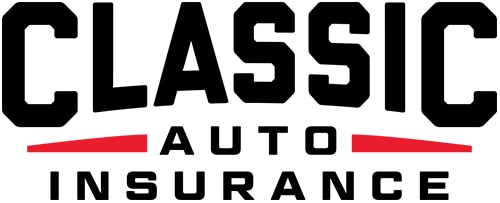Years of laboratory testing has gone into today’s car paints to help protect them from harsh UV rays and every day driving hazards like debris. While classic cars aren’t normally daily drivers, they can benefit from modern paint technology. Getting the show-ready shine on your car is easy if you understand your paint type.
5 Basic Car Paint Types
What type paint do you have? Is it a single stage or a two stage application? Acrylic or urethane? Knowing will inform you about the right product to use and avoid damaging your car’s appearance.
The five basic types of car paints:
-
Undercoat primer – Helps the base paint adhere to the car better.
-
Base coats – The color of the car. It is usually a matte finish and doesn’t have hardeners added to it. You have to spray a clear coat over it to give it a glossy shine.
-
Acrylic lacquers – Popular with some classic car restorers but offers little UV protection. Lasts five to 10 years in regular driving conditions, longer if protected from sun.
-
Clear coat finishes – Gives paint its high gloss shine and offers protection against UV light. Can last the life of the car if maintained properly.
-
Specialty paints – Acrylic enamel, metallic finish paints and chameleon paints.
Restorers Moving to Urethane Clear Coat Paints
Just because a car is a classic that doesn’t mean the paint is from a bygone era. Many restorers now use urethane paints to give their cars a rich color with the protection of a clear coat. Some, like Corvette restorers, still use acrylic paints due to the high standards set by the NCRS (National Corvette Restorers Society). It depends on your views on restoration.
Single Stage vs Two Stage Paints
There are two types of paint applications – single stage and two stage (base coat/clear coat or BC/CC). A single stage urethane dries to a glossy shine but has little color protection. It will require regular maintenance to keep it scratch free. A two stage BC/CC paint gives you that high gloss shine as well as protection from scratches. Even though clear coats protect the base paint, they can still be scratch sensitive. Correcting paint and clear coat imperfections is done through detailing.
Garage Queens Love to be Pampered
The best way to preserve the integrity of your paint is by regular washing and waxing. Keep your car out of harsh sunlight (They don’t call them garage queens for nothing!). A good car cover will help you protect your paint as well as lighten your cleaning load.
A Good Finishing Polish Can Take Care of Scratches
You encounter scratches no matter how much you try to protect your car. That is when a good finishing polish comes in handy. Many scratches are in the clear coat of your paint and can be buffed out with an orbital polisher and a light to medium abrasive polish like SONAX Perfect Finish. Start with a mild solution and increase to a more abrasive one if your scratches are deeper than you first thought.
Test a Spot First
Before doing anything, wash your car. Test your polishing compound on a hidden spot on the car. With the polishing pad, coat the area before turning on the orbital polisher. Work the section, applying light pressure until the compound is completely worked in. Be sure to turn the polisher off before lifting it off the surface to avoid swirl marks. Buff to a nice shine.
Shine a Little Light on Your Work
Take a close look at the section you worked by shining a light on it. Are there any scratches remaining? Were you able to eliminate them with the finishing polish? If yes, then move on to the rest of the car, working in small sections. Different areas of the car may vary in the hardness of the paint (especially if sections have been repainted at different times). The pressure used on one section may not work on another so check your results as you go.
Eliminate Swirl Marks
For tough scratches you may need to progress up to a more abrasive polish. Check out our blog, Restore Your Garage Queen’s Glow with Rubbing Compound, for more helpful tips on removing tough scratches. The right detailing product can help you eliminate swirl marks in your clear coat finish.
Follow Up with a Good Waxing
Since polishing also removes paint in its quest to remove your scratches, it is always a good rule of thumb to apply a fresh coat of wax after polishing. Sure, after polishing your car looks shiny and new but it doesn’t have the added protection a layer of carnauba wax will give. Classic Auto Insurance is proud to partner with SONAX to bring their fine products to the attention of our classic car community. Learn more about the SONAX quality line of car care products at www.sonaxusa.com.
Collector and Classic Car Insurance for Less
Your garage queen is your pride and joy. Make sure you have the right insurance coverage to protect it. Let our friendly staff at Classic Auto Insurance help you find the right policy for your needs. Visit our website at www.classicins.com and see how we can help safeguard your dream car.





